Magnesia brick's main composition is magnesia and the content of magnesia is normally more than 90% and the main crystal is periclase. Magnesia bricks are generally divided into sintered magnesia brick and chemical combination magnesia refractory brick. For the sintered magnesia brick, direct contact type is called direct combination of magnesia brick; electric fused type is called reunited fused magnesia brick.
Application:
Magnesia bricks are widely used in steel melting furnace lining, the ferroalloy fiber cable furnace in steel industry, non-ferrous metallurgical industry furnace (such as copper, lead, zinc, tin, lining), building materials industry kiln, glass industry body and heat exchanger regenerator grid, refractory material industry of high temperature calcination kiln, shaft kiln, tunnel kiln, etc.
| Item | MZ-91 | MZ-92 | MZ-93 | MZ-94 | MZ-97 |
| MgO, % ≥ | 91 | 92 | 93 | 94.5 | 97 |
| SiO2, % ≤ | 4 | 3.5 | 2.5 | 2 | 2 |
| Fe2O3, % ≤ | 1.3 | - | - | 1.2 | 1.2 |
| CaO, % ≤ | 2.5 | 2.5 | 2 | 1.8 | 1.8 |
| Apparent Porosity, % ≤ | 18 | 18 | 18 | 18 | 18 |
| Bulk Density, g/cm3 ≥ | 2.86 | 2.9 | 2.95 | 2.92 | 2.95 |
| Cold Crushing Strength Mpa, ≥ | 60 | 60 | 50 | 60 | 60 |
| 0.2Mpa Refractoriness Under Load T0.6 ℃ | ≥1570 | ≥1560 | ≥1620 | ≥1650 | ≥1700 |
| Thermal Shock Resistances 100 ℃ water cycles | ≥18 | ≥18 | ≥18 | ≥18 | ≥18 |


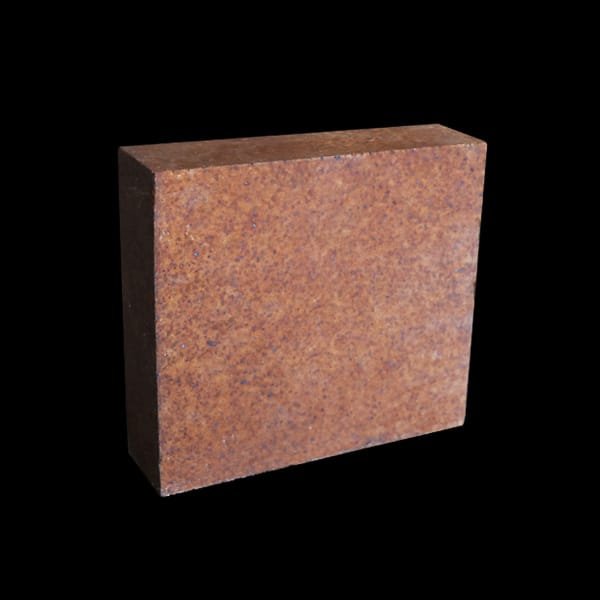
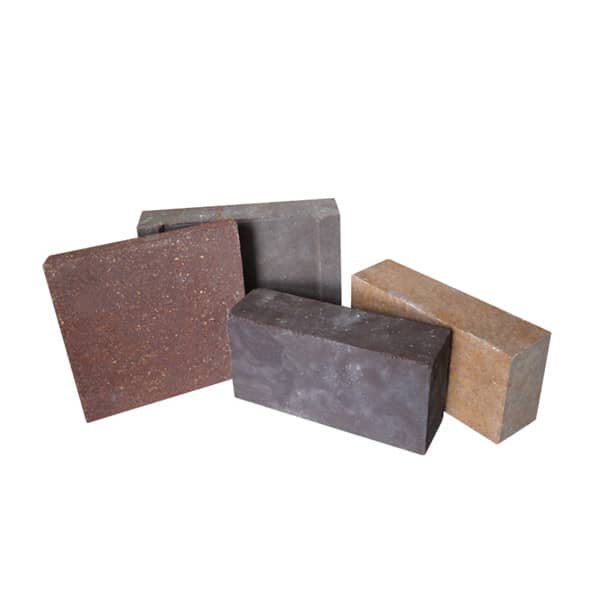

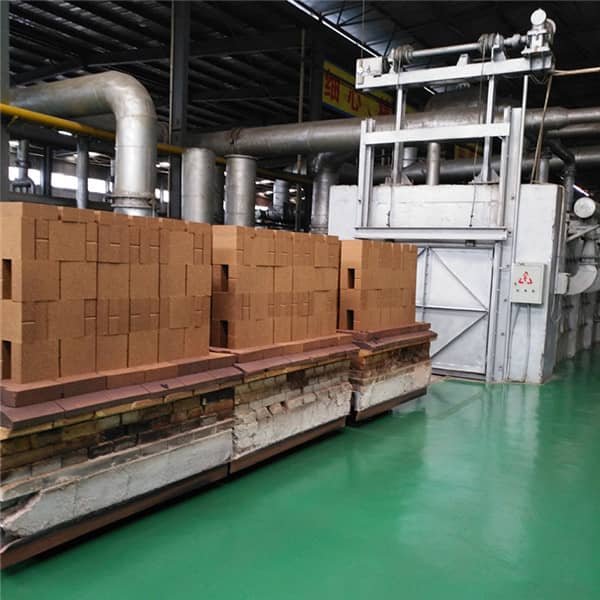

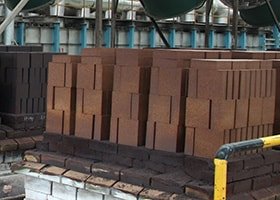
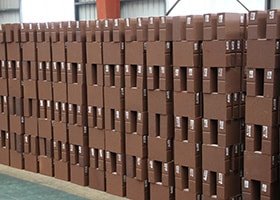
 Wechat Us
Wechat Us